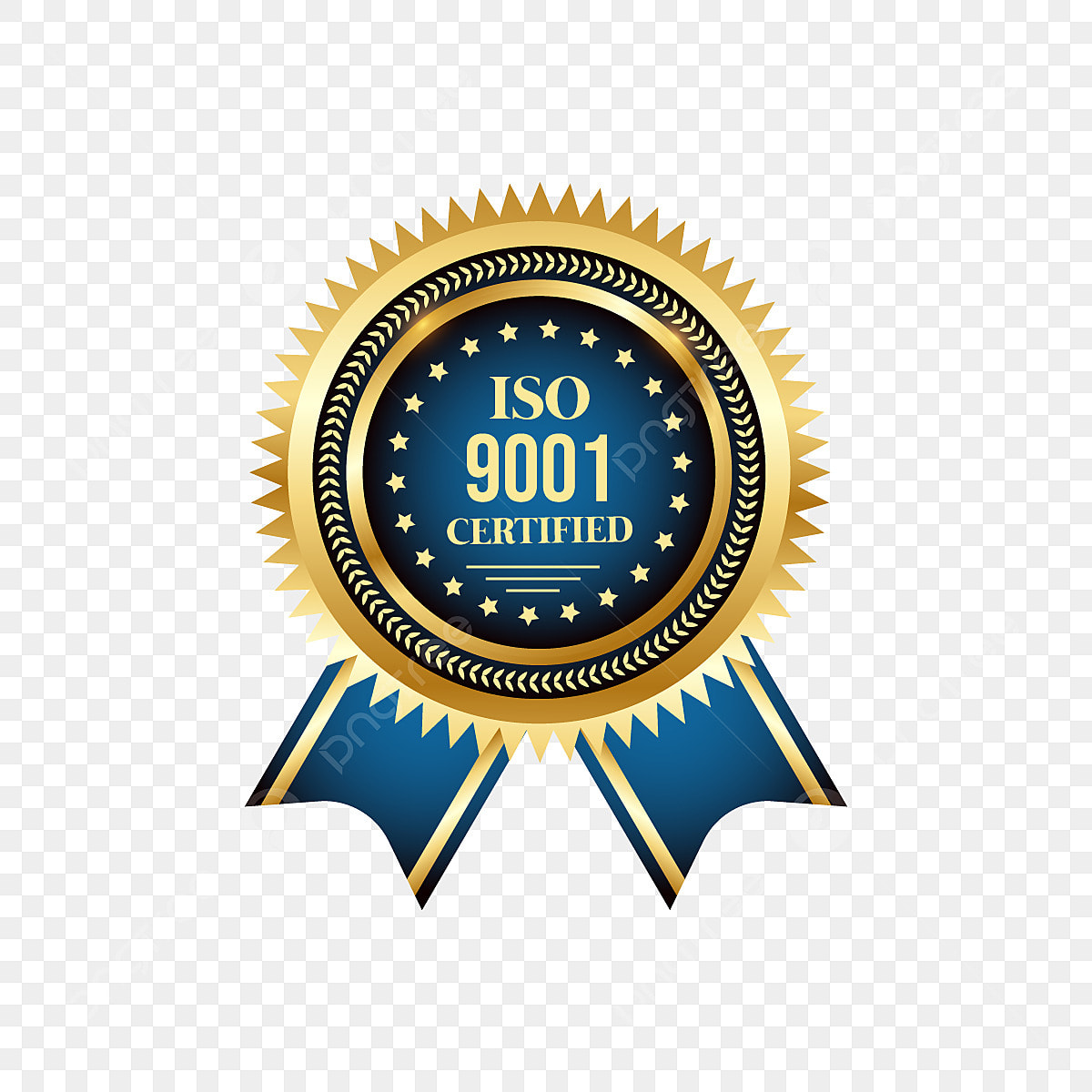Certification is particularly often required in the areas of automotive suppliers or mechanical engineering. However, it is becoming increasingly common in other areas (for example in tenders from cities and municipalities) that there is an explicit requirement to present quality management. In this case, it is of course an advantage if you can simply enclose the certificate according to DIN EN ISO 9001 with your offer.
External reasons
A common reason for ISO certification according to DIN EN ISO 9001 is an external reason. Quite simply, a customer is required to present an ISO certificate to continue to be considered as a supplier.
Internal reasons
The internal reasons for introducing a quality management system and certification are more diverse.
Common reasons include:
Increasing market opportunities by increasing competitiveness and increasing customer satisfaction.
Increasing profits by reducing costs with optimized processes and uncovering losses and potential through the use of key figures.
Expansion of strategic success factors through the image enhancement of ISO certification and legal certainty and risk minimization in the event of damage.
Increasing process performance and increased productivity by avoiding duplication of work and omissions and reducing throughput times, for example for inquiries and complaints.
QM manuals
The quality management system must be adapted to the company and the size of the company. Standard solutions “off the shelf” or as ready-made QM manuals may offer a certain degree of conformity to standards, but these generally do not support the company in the above-mentioned points. Since these standard solutions also have to be adapted to the company, they offer only a small (if any) cost advantage.
Quality management implementation process and ISO 9001 certification
After the decision to introduce quality management and ISO certification, the first thing that is usually appointed is a quality management representative. This person is responsible for introducing and maintaining the quality management system and is given the necessary rights and obligations to do so. ISO 9001:2015 no longer explicitly requires this quality management representative (or, correctly formulated, top management representative). However, someone must be also responsible for this area.
Quality management documentation
The quality management documentation is then created and in this context the company’s internal processes are identified, documented and, if necessary, adjusted. If the processes necessary for certification do not exist, they must be introduced. In addition, all necessary documents are created, such as the process map, the letter appointing the quality management representative, or the organizational matrix.
After the introduction of the quality management system has been completed, the documentation is sent to a (previously selected) certification company. In stage 1 of the audit, they check the documents for compliance with standards. After a successful test, the quality management system is checked on site in stage 2 of the audit and if the test is equally successful, the ISO certificate according to DIN EN ISO 9001 is issued.
How can we support you with this?
- Project support from the initial planning to the certification of the quality management system
- Creation of the complete documentation
- Creation of work and procedural instructions
- Planning and carrying out internal audits and management reviews
- Employee training
- Obtaining offers from certification companies and providing advice on selection
- Support in the certification audit according to DIN EN ISO 9001
- Further support and advice, even after successful certification
- And much more
Do you need further information about ISO 9001 certification? Then please take a look at the following page, where we have summarized a lot of information about ISO 9001 certification.
Recommended article:Men’s Red Puffer Jacket, A Statement of Style




